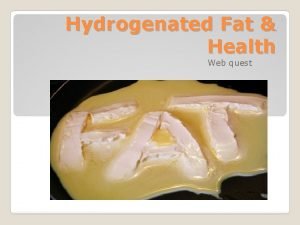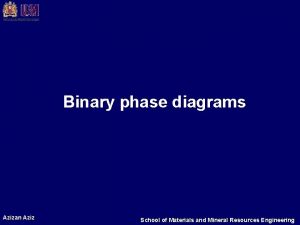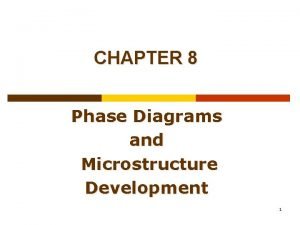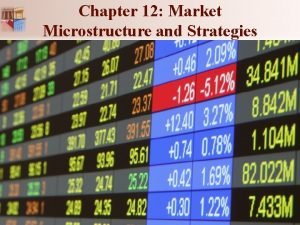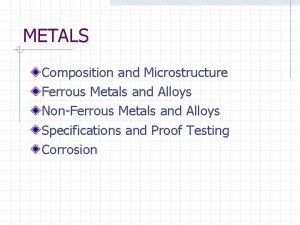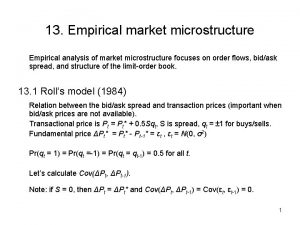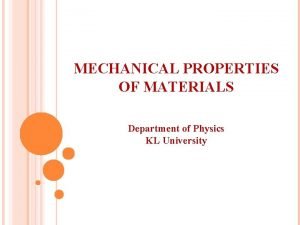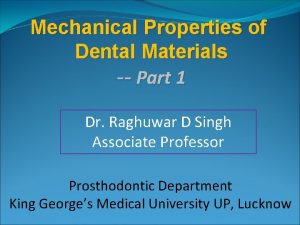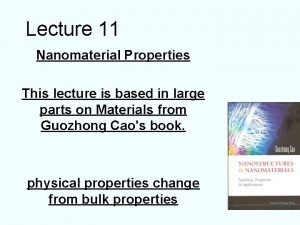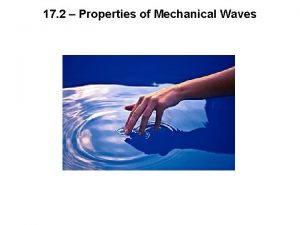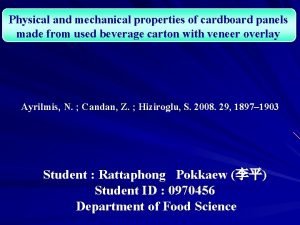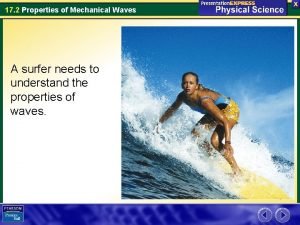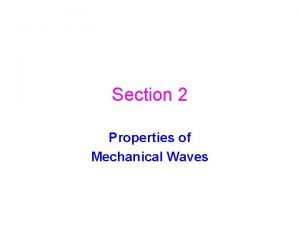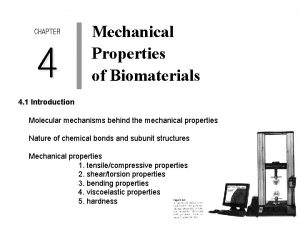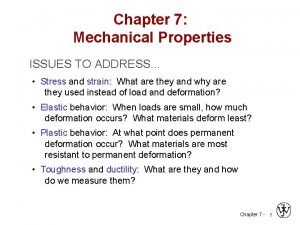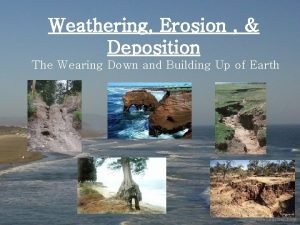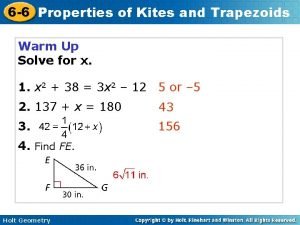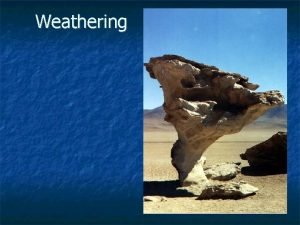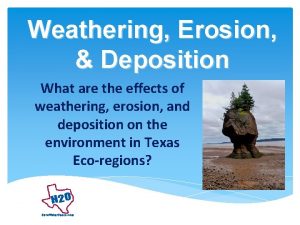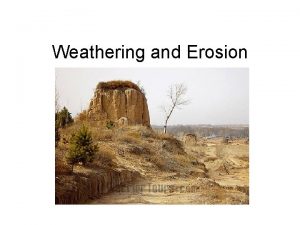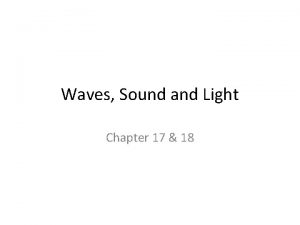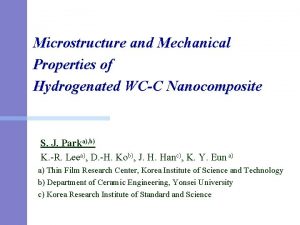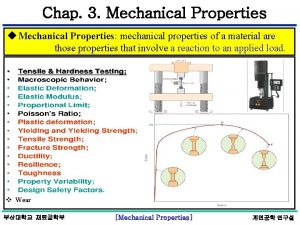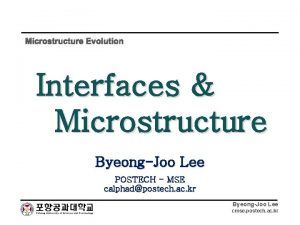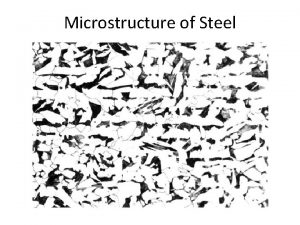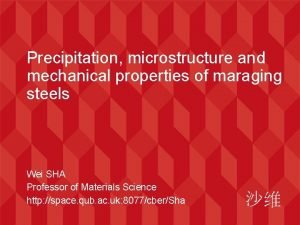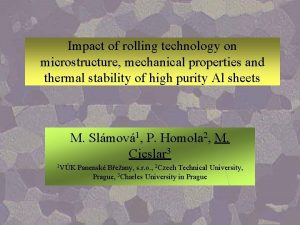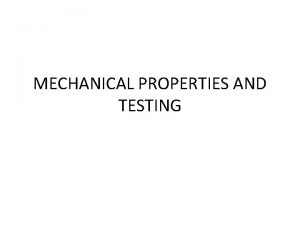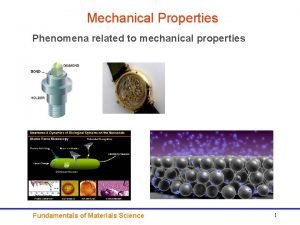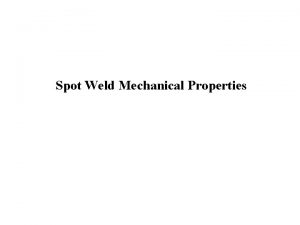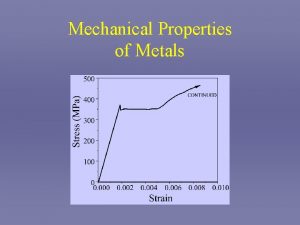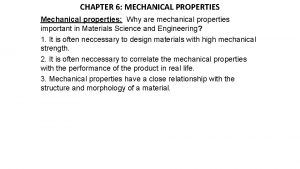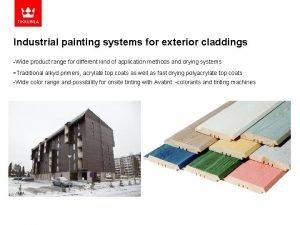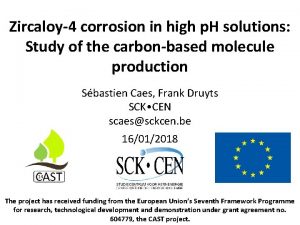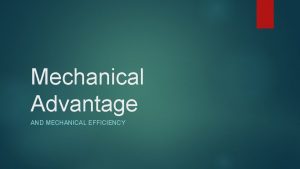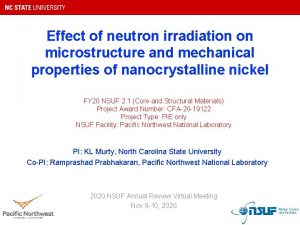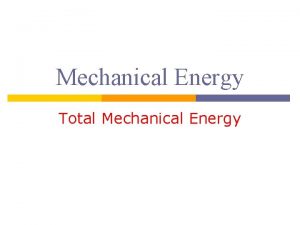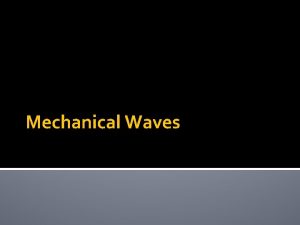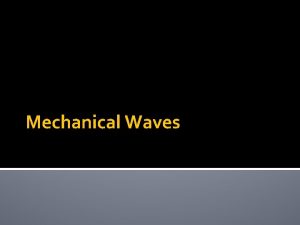Microstructure and mechanical properties of Zircaloy4 claddings hydrogenated





























- Slides: 29

Microstructure and mechanical properties of Zircaloy-4 claddings hydrogenated at temperatures typical for LOCA conditions A. Pshenichnikov, J. Stuckert QWS 19, Karlsruhe 2013 Institute for Applied Materials, IAM-WPT, Program NUKLEAR KIT – University of the State of Baden-Württemberg and National Large-scale Research Center of the Helmholtz Association www. kit. edu

Objectives Structure assessment of annealed and hydrogenated specimens Fracture surface investigation Zirconium hydrides detection Progress in understanding the mechanism of embrittlement of Zirconium alloys Application to the results of QUENCH-LOCA test 21. 11. 2013 A. Pshenichnikov , J. Stuckert 19 th QUENCH-Workshop 2

Equilibrium phase diagram of Zr-H system* selected examples of our tests Cooling in air Region of interest is LOCA conditions 700 wppm H 9500 wppm H * According to E. Zuzek et al. , Bull. Alloy Phase Diagr. (1990), 385 21. 11. 2013 A. Pshenichnikov , J. Stuckert 19 th QUENCH-Workshop 3

Material and methods of investigation Material: Conventional Zircaloy-4 cladding tube ICP-OES measurement of Zircaloy-4 chemical composition (by weight): Sn: 1. 33± 0. 02%, Fe: 0. 23± 0. 002%, Cr: 0. 12± 0. 0003%, O: 0. 116± 0. 003%, Zr balance Methods of investigation: • Hydrogenation in Ar+H 2 gas mixture in LORA-furnace • Metallographic investigations and microhardness tests of the tube section • X-Ray diffraction analysis in the cladding tube wall middle • Scanning electron microscopy of polished and etched as well as fractured surfaces 21. 11. 2013 A. Pshenichnikov , J. Stuckert 19 th QUENCH-Workshop 4

Experimental procedure Hydrogenation facility LORA furnace Specimen before hydrogenation Specimen withdrawal in air after hydrogenation Hydrogen gas partial Estimated cooling rate was pressure was 0. 1 bar 5 K/s 21. 11. 2013 A. Pshenichnikov , J. Stuckert 19 th QUENCH-Workshop 5 Cooled specimen after hydrogenation H 2 duration was 2 to 12 minutes

Results of metallographic observations 21. 11. 2013 A. Pshenichnikov , J. Stuckert 19 th QUENCH-Workshop 6

Optical metallography of annealed Zircaloy-4 Annealing of Zircaloy-4 cladding at various temperatures during 8 minutes and fast cooling in air As-received 800 °C 21. 11. 2013 A. Pshenichnikov , J. Stuckert 19 th QUENCH-Workshop 700 °C At 810 °C starts α → β phase transformation 7 900 °C

Optical metallography of hydrogenated Zircaloy-4 Hydrogenation of Zircaloy-4 cladding at 600 °C in Ar+H 2 mixture and fast cooling in air 21. 11. 2013 780 wppm H 1400 wppm H 2000 wppm H 3490 wppm H A. Pshenichnikov , J. Stuckert 19 th QUENCH-Workshop 8

Optical metallography of hydrogenated Zircaloy-4 Hydrogenation of Zircaloy-4 cladding at 700 °C in Ar+H 2 mixture and fast cooling in air 1330 wppm H 2250 wppm H α - Zr „islands“ 4000 wppm H 21. 11. 2013 A. Pshenichnikov , J. Stuckert 19 th QUENCH-Workshop 4760 wppm H 9

Optical metallography of hydrogenated Zircaloy-4 Hydrogenation of Zircaloy-4 cladding at 800 °C in Ar+H 2 mixture and fast cooling in air 21. 11. 2013 1790 wppm H 3060 wppm H 8600 wppm H 9550 wppm H A. Pshenichnikov , J. Stuckert 19 th QUENCH-Workshop 10

Optical metallography of hydrogenated Zircaloy-4 Hydrogenation of Zircaloy-4 cladding at 900 °C in Ar+H 2 mixture and fast cooling in air 21. 11. 2013 880 wppm H 1500 wppm H 2000 wppm H 6700 wppm H A. Pshenichnikov , J. Stuckert 19 th QUENCH-Workshop 11

Scanning Electron Microscopy polished and etched specimens 21. 11. 2013 A. Pshenichnikov , J. Stuckert 19 th QUENCH-Workshop 12

Scanning electron microscopy of annealed and hydrogenated Zircaloy-4 After polishing and etching 0 wppm H 8600 wppm H 21. 11. 2013 A. Pshenichnikov , J. Stuckert 19 th QUENCH-Workshop 13

Scanning electron microscopy of annealed and hydrogenated Zircaloy-4 After polishing and etching 0 wppm H 8600 wppm H 21. 11. 2013 A. Pshenichnikov , J. Stuckert 19 th QUENCH-Workshop 14

Scanning electron microscopy of annealed and hydrogenated Zircaloy-4 After polishing and etching 0 wppm H α-Zr(O)? α-Zr (prior β phase)? 8600 wppm H γ- Zr hydrides? δ- Zr hydrides? 21. 11. 2013 A. Pshenichnikov , J. Stuckert 19 th QUENCH-Workshop 15

Scanning Electron Microscopy fracture surface 21. 11. 2013 A. Pshenichnikov , J. Stuckert 19 th QUENCH-Workshop 16

Scanning electron microscopy of fracture surfaces of hydrogenated Zircaloy-4 700 °C 21. 11. 2013 720 wppm H 1860 wppm H 2790 wppm H 4850 wppm H A. Pshenichnikov , J. Stuckert 19 th QUENCH-Workshop 17

Scanning electron microscopy of fracture surfaces of hydrogenated Zircaloy-4 800 °C 1110 wppm H 21. 11. 2013 A. Pshenichnikov , J. Stuckert 19 th QUENCH-Workshop 3070 wppm H 18

Scanning electron microscopy of fracture surfaces of hydrogenated Zircaloy-4 900 °C 1170 wppm H 1640 wppm H Ductile fracture on needles of α -Zr(O) Brittle fracture 21. 11. 2013 A. Pshenichnikov , J. Stuckert 19 th QUENCH-Workshop 19

Microhardness tests 21. 11. 2013 A. Pshenichnikov , J. Stuckert 19 th QUENCH-Workshop 20

Microhardness of annealed and hydrogenated Zircaloy-4 hydrogen + T impact at 900 °C hydrogen impact at 600 °C The diagonal length of resulting indented square was about 10 µm. 21. 11. 2013 A. Pshenichnikov , J. Stuckert 19 th QUENCH-Workshop 21

X-Ray diffraction analysis 21. 11. 2013 A. Pshenichnikov , J. Stuckert 19 th QUENCH-Workshop 22

X-Ray profiles of Zircaloy-4 samples hydrogenated at 600 °C Hydrides are compressed with 0. 5% of local strain 21. 11. 2013 A. Pshenichnikov , J. Stuckert 19 th QUENCH-Workshop 23

X-Ray profiles of Zircaloy-4 samples hydrogenated at 700 °C 21. 11. 2013 A. Pshenichnikov , J. Stuckert 19 th QUENCH-Workshop 24

X-Ray profiles of Zircaloy-4 samples hydrogenated at 800 °C 21. 11. 2013 A. Pshenichnikov , J. Stuckert 19 th QUENCH-Workshop 25

Change of lattice parameters after hydrogenation of Zircaloy-4 samples a γ – hydride Zr. H scheme δ – hydride Zr. H 1, 66 scheme c c a 2 D projection of HCP-lattice without hydrogen With hydrogen 3 D model of HCP-lattice 21. 11. 2013 A. Pshenichnikov , J. Stuckert 19 th QUENCH-Workshop Scheme of decohesion mechanism, accompanied by hydride formation 26

Conclusion • No “macroscopic” hydrides were detected by means of optical microscopy, only high magnification SEM observations reveal presumable submicroscale hydrides. • Microhardness tests showed a relationship between hydrogen content hardening, annealing softening and hardening due to β → α transformation during cooling phase. • The XRD-analysis showed the presence of γ-, δ-phases of zirconium hydrides in all of performed experiments. With the increase of hydrogen content the hydride peak intensity was also increased. Simultaneously the hydrogen should be partially dissolved in the lattice which is indicated by increase of the lattice parameter “c”. • Because carried out observations have proved only the presence of hydrides and gave not enough information on the hydride structure and distribution, further detailed EBSD and TEM investigations should be performed in order to determine the location, morphology and orientation of nano-scaled hydrides and to separate hydrides from other structural features. • The performed experiments can explain the absence of macroscopic hydrides in QUENCHLOCA experiments. The increased brittleness of some zirconium claddings after QUENCHLOCA tests could be caused by nano-scaled hydrides which are distributed in the bulk of material. The fact of the growth of the lattice parameter “c” allows to suggest that the decohesion mechanism accompanied by hydride formation could be responsible for cladding destruction. 21. 11. 2013 A. Pshenichnikov , J. Stuckert 19 th QUENCH-Workshop 27

Aknowledgements The authors would like to thank the following KIT colleagues: • Dr. Mario Walter for fruitful discussions • Mrs. Ursula Peters for her technical assistance with the hydrogenation tests • Ms. Julia Lorenz for the help during preparation of the specimens for metallographic observations • Dr. Harald Leiste for carrying out of X-Ray diffraction measurements • Dr. Marcus Müller for carrying out of FEG-SEM observations 21. 11. 2013 A. Pshenichnikov , J. Stuckert 19 th QUENCH-Workshop 28

Thank you for your attention! anton. pshenichnikov@kit. edu juri. stuckert@kit. edu http: //www. iam. kit. edu/wpt/471. php 21. 11. 2013 A. Pshenichnikov , J. Stuckert 19 th QUENCH-Workshop 29
 Hydrogenated fat
Hydrogenated fat Structure of dictionary
Structure of dictionary Gibbs phase rule
Gibbs phase rule Development of microstructure in isomorphous alloys
Development of microstructure in isomorphous alloys Market microstructure trading strategies
Market microstructure trading strategies Microstructure of ferrous metals
Microstructure of ferrous metals High frequency market microstructure
High frequency market microstructure Empirical market microstructure
Empirical market microstructure Actual mechanical advantage vs ideal mechanical advantage
Actual mechanical advantage vs ideal mechanical advantage Extensive and intensive properties
Extensive and intensive properties Physical properties of ice cube
Physical properties of ice cube Ductility
Ductility Flexibility in dental materials
Flexibility in dental materials Hardness of nanomaterials
Hardness of nanomaterials Properties of mechanical wave
Properties of mechanical wave What are the properties of cardboard
What are the properties of cardboard Properties of mechanical waves
Properties of mechanical waves Properties of mechanical waves
Properties of mechanical waves Crostalline
Crostalline What is size-independent measure of load?
What is size-independent measure of load? Compare and contrast mechanical and chemical weathering
Compare and contrast mechanical and chemical weathering Compare and contrast mechanical and chemical weathering
Compare and contrast mechanical and chemical weathering Properties of kites
Properties of kites Chemical weathering
Chemical weathering Weathering erosion
Weathering erosion Mechanical and chemical weathering venn diagram
Mechanical and chemical weathering venn diagram Mechanical wave
Mechanical wave Transverse waves move perpendicular
Transverse waves move perpendicular Examples of a mechanical wave
Examples of a mechanical wave What is a rainbow
What is a rainbow
